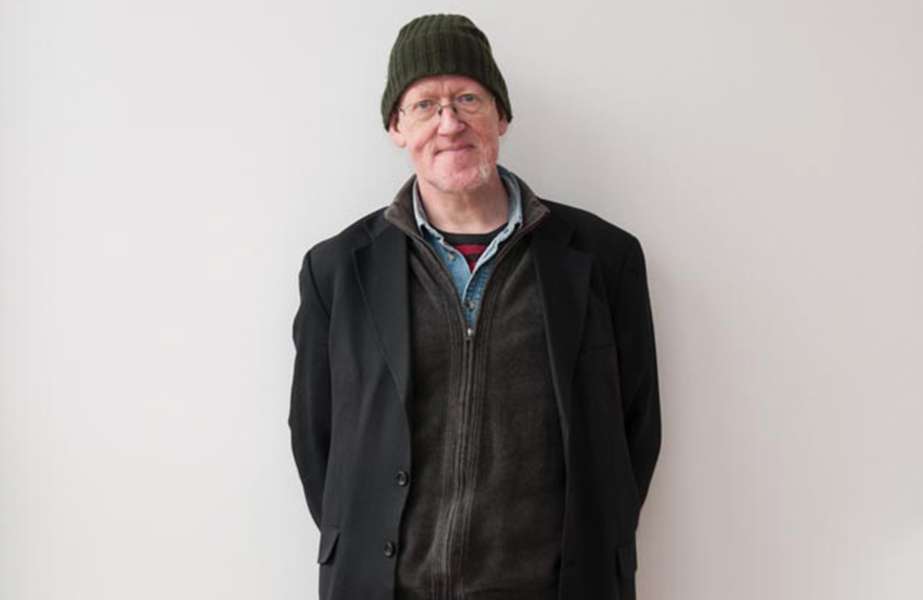
The iPad orchestra, featuring three primary schools from across the UK, performed to a large audience in the Performance Space
On the 19th of May City hosted an outreach event involving children from three different primary schools from across the country. As well as participating in workshops on film music and gamelan, they performed an original piece of music on iPads and watched a performance by members of the City University Experimental Ensemble.
The Two Rivers project was originally developed by Ben Sellers of Transformance Music, an iPad music education organisation based in London, and Matthew Hogg of Chiltern Primary School in Hull, to bring three schools together to collaborate to create new music with contemporary technology. The children wrote Garageband compositions based on their experiences of the place in which they live and on their respective rivers, the Humber and the Thames. They also learned to perform songs by other artists, from Madness to Beethoven, using various apps. Throughout this development process the three schools updated each other, communicating using their instruments to send video postcards and rehearsal footage. This allowed them to get to know both their partner schools, and the specificity and multiplicity of behaviour that these technologies afford.
The final piece performed in City University’s concert space is composed of sections and fragments of these children’s own compositions and the pieces they had learned to perform during their instrumental development—a postmodern collage of their recent education in music. With focus which one would not expect at such a young age (age 10-13), and the charms and quirks which one does, the amount of effort put into this piece by both children and adults shone through. Moreover, the idiosyncrasies present in the children’s original compositions had not been ironed out by the project leaders—only weaved into a cohesive structure and modified for the ensemble—still exhibiting the excitement and innocence of a child at play. The range of compositional styles and approaches which could be heard within the melting pot of the work too, showed the range of musics and techniques which these children have been exposed to by the project leaders. Not only does this dialog between theory and practice aid the children’s understanding of music, but it introduces them to the critical perspective one must take toward music in later study.
The collaboration between Transformance Music and City University not only gave this project a platform and an opportunity for a performance, but contributed to the continuing development of these children’s education. Dr. Diana Salazar (Lecturer in Music) is a regular contributor to Widening Participation and Outreach events at City, and was keen to provide the children with knowledge about the opportunities for further study that an education in music affords. Performing in an acoustically-treated concert hall, eating in the student canteen, and rehearsing in an ensemble room amongst a variety of Western and non-Western instruments—these all help to give an insight into what university music departments are, and what university students do—an insight which many students have to wait until the first open day they attend at the end of their A-Levels to receive.

During the day Gamelan expert Andy Channing delivered Javanese Gamelan workshops to two classes of pupils from Sandringham Primary School
A performance by both myself and Phd researcher in informatics, Daniel Wölffe, on handmade electronic instruments built in a workshop conducted by the composer John Richards, showed these children the potential and diversity of music technology. The reception for these interactive, skin-conductive instruments and our performance on them was astounding, when the aesthetic of the sounds they produce could easily be seen as noise, and noise-music is often associated with very niche musical communities and styles. The workings of the core circuitry in this piece is extended twice over—into an arrangement of nails on the instrument itself, and then to connections between mine and Daniel’s hands—making the abstracted and seemingly complex working of electronics tangible and gestural. Showing these students that the technologies used to create music are not restricted to the use of the newest and most expensive hardware and software, reinforces the idea of the artist and musician as a creator, rather than a consumer.
Collaborations such as this, between community-based projects and academic institutions, are significant in that they nurture the relationship between the academy and the society which surrounds it, and break down ideas about ivory-tower academics which are still rife outside of scholarly circles. Moreover, this partnership showed both primary school children and their teachers the various trajectories which one can progress down for a future in both music and music technology, and that these are many and not limited to their previous conceptions of what the academic study of music concerns. Events such as these are important for reaching out to the next generation of students, and showing them that a future in music is worth pursuing and that higher education is a valid and valuable avenue down which to pursue it.
Sam Kendall, current MA (Music) student
 Newton Armstrong has recently featured on programmes on BBC Radio 3 and Radio Télévision Belge Francophone. In December, Armstrong was interviewed on a Radio 3 Music Matters feature programme on American composer Milton Babbitt, titled “Milton Babbitt: Changing the way we think about music.” Earlier this month, Armstrong was the subject of a profile feature on the RTBF programme “La touche contempo.”
Newton Armstrong has recently featured on programmes on BBC Radio 3 and Radio Télévision Belge Francophone. In December, Armstrong was interviewed on a Radio 3 Music Matters feature programme on American composer Milton Babbitt, titled “Milton Babbitt: Changing the way we think about music.” Earlier this month, Armstrong was the subject of a profile feature on the RTBF programme “La touche contempo.”





